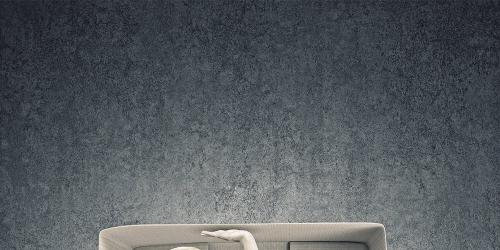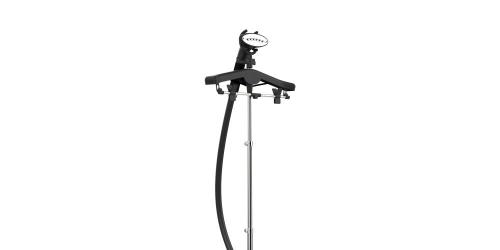The power meter plugs into our wall outlets and our devices. Its purpose is to identify and measure their power consumption. Interesting when we know that 5 to 10% of our energy consumption (excluding hot water and heating) would be linked to connected but unused appliances.
Test-hunt for invisible spending . The wattmeter is connected upstream of any electrical appliance in the house: hair dryer, kettle, bottle warmer, internet box ... but also washing machine and other large appliances hidden in a built-in kitchen.
Verdict. On paper this is great. In truth, it's a bit complicated for those who do not have their CAP electrician. And then we confess: we never could plug the power meter on the tv-internet box because the jacks are too low on the wall to connect the device that measures about 20 cm. Otherwise, although it is interesting to see that any action at a cost (energy and financial), the result being rather anecdotal, it is not enough to deprive itself. For example a wattmeter tells us that a brushing-home or a cup of tea = 0,1 €. In short, an XXXS economy. These are mostly electronic devices type Hi-Fi, computer or even phone charger plugged continuously without charging device that are energy-consuming ... over time.
Our good plan antigaspi : opt for power strips with switch that actually turn off the devices.




